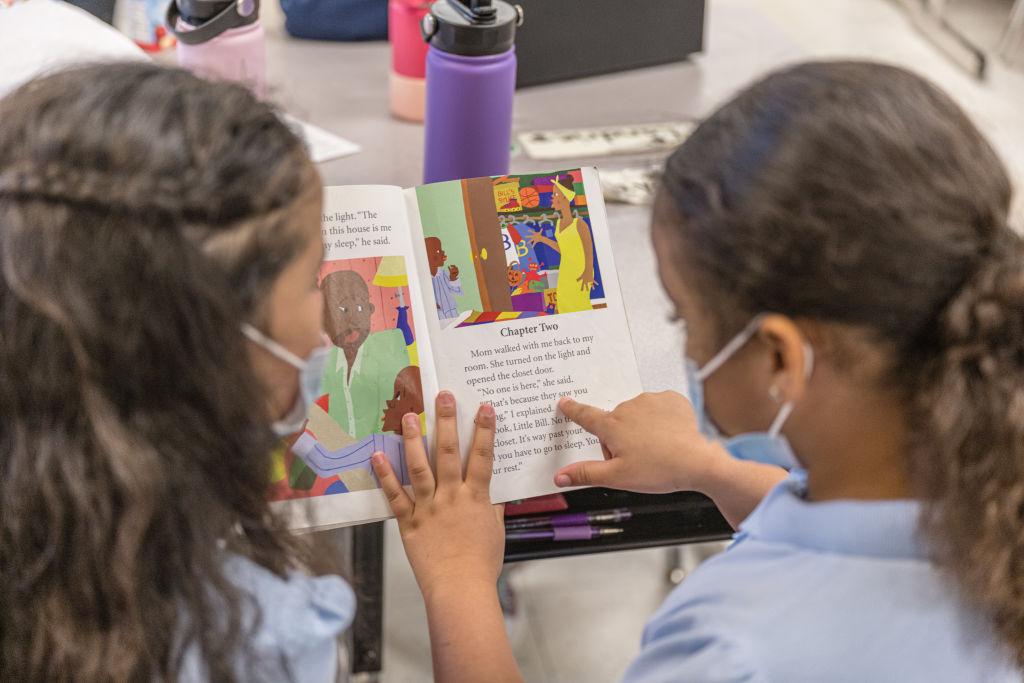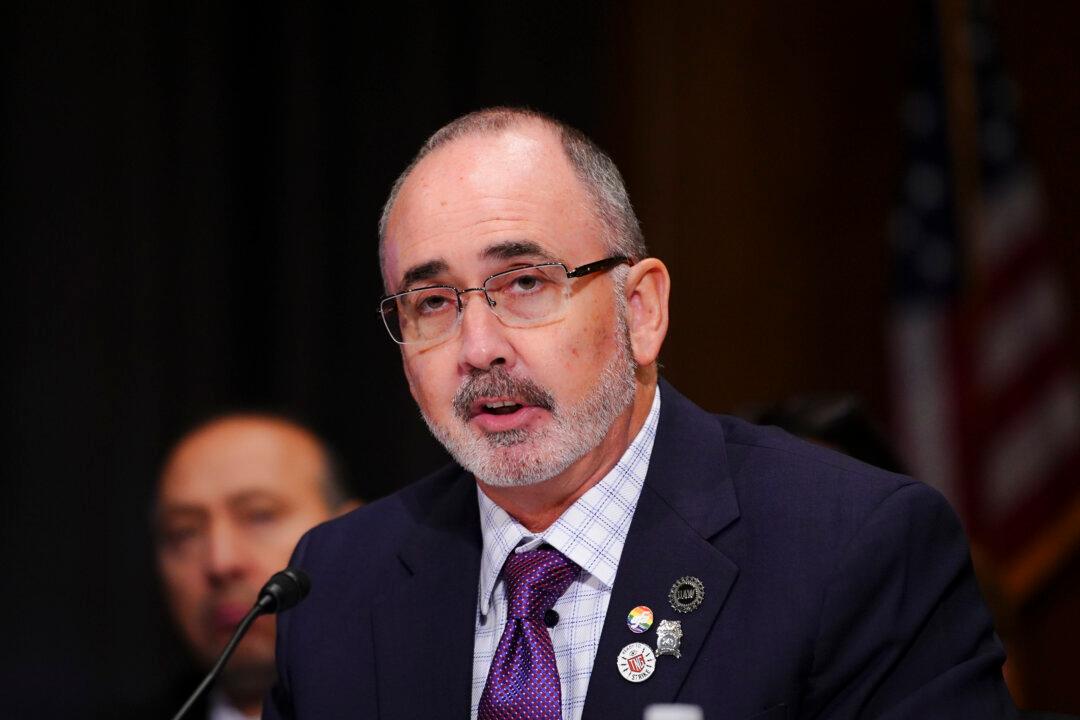Funds can only be used for education-related expenses, such as private school tuition, textbooks, uniforms, and fees for private tutors.
The funds will be kept in accounts controlled by the Office of the Comptroller, which is tasked with releasing the cash for approved education-related expenses.
Accounts would start at $2,000, the Senate said in the update. The funds could be used by homeschooling families. If a student is enrolled in an accredited private school, the education savings account could receive $10,000 per year, with an extra $1,500 granted to students with disabilities.
Applications shall be open to any parent of a school student in the state. As long as applications are within the program’s capacity, every eligible student will be accepted.
However, if applications exceed capacity, 80 percent of available positions would be set aside for students who are from low-income households or have a disability and have previously attended public schools. The remaining 20 percent will be filled via lottery among other eligible students.
Low-income household is defined as having a total annual income at or below 500 percent of the federal poverty guidelines, which comes to roughly $160,000 for a four-member family.
“This is the sixth time the Texas Senate has passed school choice, with every previous bill dying in the Texas House. The Senate will pass school choice over and over again until the House passes this bill. The days of limiting millions of Texas students to a one-size-fits-all approach are over.”
Public schools are “already severely underfunded and overburdened,” with students with special needs not receiving sufficient support, he said. Programs like Senate Bill 2 divert the funds from public schools, worsening inequalities in educational institutions, Miles said.
School Choice Freedom
The Texas State Teachers Association, the Texas affiliate of the National Education Association, also expressed opposition to the bill, claiming that the legislation “will balloon in cost, reduce chances for future teacher pay raises, well‐funded classrooms.”It cited a fiscal note from the Legislative Budget Board, which projects that after an initial cost of roughly $1 billion for the 2026–27 period, the bill’s cost will balloon to $6 billion in the 2028–29 budget period.
“We believe the same thing will happen in Texas. ... The simple truth is that Texas taxpayers cannot afford two separate education systems, one public and one private. And they cannot afford to give tax subsidies to wealthy families with kids already in private school, many of whom will receive vouchers under this bill.”
“Across the nation, it expands opportunities for students while resulting in meaningful improvements in public schools. Competition is not a threat to any one school but rather an opportunity to deliver better results for all Texas students,” he said in a Jan. 24 statement.
“This legislation includes safeguards to ensure Texas avoids the challenges faced by other states while delivering a program tailored to the needs of our families.”
The president said that it is the policy of his administration to “support parents in choosing and directing the upbringing and education of their children.”







